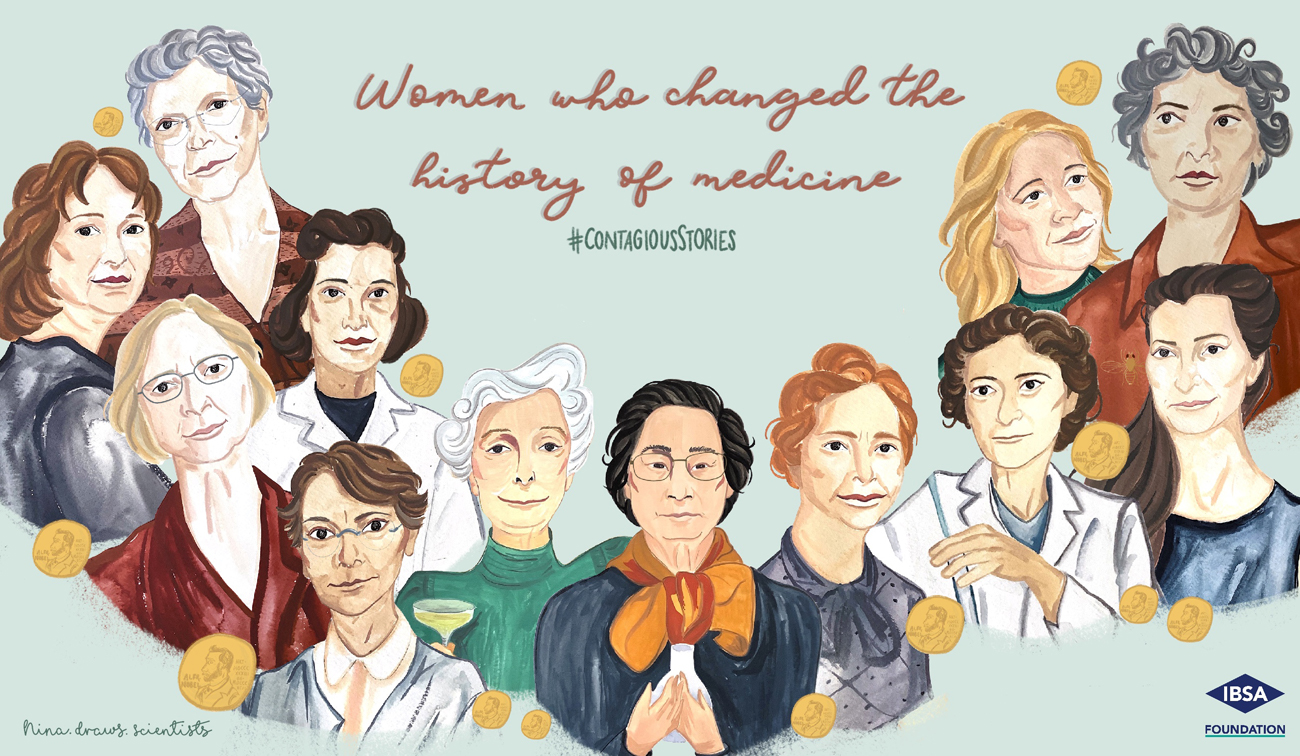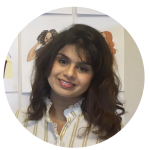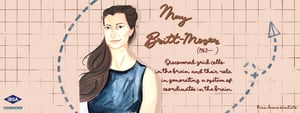May, the neuroscientist who reconstructed the map of our brain
May Britt-Moser won the Nobel Prize in Medicine in 2014 together with her husband Edvard I. Moser and John O’Keefe, thanks to her studies on neuroscience, which mapped the cells that constitute the positioning system in the brain.
Her work has been instrumental in discovering the area of the brain responsible for spatial memory.
May’s story
I was not always the best student with the highest grades, but my teachers saw something in me and tried to encourage me.
[May-Britt Moser]
May was born in Fosnavåg, Norway, in 1963, the last of five children. Her father was a carpenter, whereas her mother looked after the children and the farm where they lived. As a young woman her mother dreamt of becoming a doctor and encouraged May to study.
After high school, May went to the University of Oslo and enrolled in Psychology, together with another young student, Edvard Moser. Their friendship and shared intellectual passion blossomed into a romantic and professional partnership that was to last for decades. They got married in 1985.
After being awarded a PhD in Neurophysiology in 1995, May and Edvard moved to Edinburgh and then to University College London, where they worked with the neuroscientist John O’Keefe, who was to share the Nobel Prize in Medicine with them almost twenty years later.
They had only been in London for a few months, when May and Edvard were offered two assistant professor posts at the University of Science and Technology in Trondheim, Norway. They moved there in 1996. During that time their two daughters were born.
In the years that followed, May’s career continued to progress. In 2000, at the age of 37, she was promoted to the position as full professor. In 2002 she co-founded the Centre for the Biology of Memory and, ten years later, became the founding director of the Centre for Neural Computation.
In 2005, May and Edvard made a revolutionary discovery: they were able to understand how the brain processes data on where we are and how we move in space, and then generates its own internal code so it can make use of the information collected.
In 2014, at the age of just 51, she shared the Nobel Prize in Medicine with her husband and John O’Keefe. May and Edvard divorced in 2016, but continue to work together to this day, united in their shared passion: to discover how the brain works.
We have a common vision. And it is stronger than most.
[May-Britt Moser]
Her personality
Our two daughters have long joked that our lab is like our third child, and in many ways, they are not wrong. Having two real “biological” children in addition to our laboratory “child” has brought an amazing happiness to my life!” It has made it easy for me to do good science.
[May-Britt Moser]
May has always been a natural in her dual role as a scientist and a mother. From the very beginning, May took her daughters to the laboratory: they were both very well-behaved, very polite and hence comfortable to play there without any problems. She did it, she explained, because “I just didn’t see the barriers that others might have seen.”
In addition, May has always worked tirelessly to ensure that her lab animals, rats and mice, have the best environment to live in and are as happy as possible: the majority of them stay together with their mates, in large cages full of nests and toys. She has a veterinarian for her research centre, who works full-time, and four employees to look after the animals.
She considers herself to be very privileged and is very grateful for all that life has offered her:
I have been lucky to live a fairy tale life, with a partner and a long-time collaborator, Edvard Ingjald Moser, who has supported me and helped me fulfil my dreams ever since we met. We have two wonderful daughters, Isabel Maria Moser and Ailin Marlene Moser. They are wise and loving human beings. Being an internationally recognised scientist brings a lot of adventures and a large network of friends and colleagues across the world.
[May-Britt Moser]
Her research
We are working with findings that are the very essence of being a human being: our conscious memories are what make us who we are, and these memories are anchored in space, in knowing where we are in the environment.
[May-Britt Moser]
May discovered what has been defined as a kind of brain GPS, namely the way the brain is able to navigate in space.
In practice, this is an ingenious coordinated orientation system (so-called grid cells – neurons that are activated when an animal finds itself in a particular position in the environment), which enables us to memorize not only our momentary position, but also the direction to take to reach our desired destination.
Her work has been key to a better understanding of how several highly specialized brain cells are organized and has allowed us to deepen our knowledge on how cognitive processes work, as well as our memory, and ability to design and think.
Our discovery raised new questions that have continued to shape our research, as we seek to understand how grid cells operate and are generated and how they interact with other cell types and in more distant brain structures. Here, we think, lies a key to unlocking the mystery of how the brain computes.
[May-Britt Moser]
Discover the other stories of the women who changed the history of medicine

 Nina Chhita is the artist and illustrator of the Instagram account @nina.draws.scientists, which focuses on contemporary and historical trailblazing scientists, who happen to be women. She initially started the account as a way to discover historical figures, and as a scientist herself, naturally gravitated towards scientists. Articles have since been written about Nina in the BBC news and Mental Floss. Her illustrations have appeared on the social media sites of the University of Oxford, the University of Bath, Dementias Platform UK, and in a YouTube video by Vanessa Hill. She lives in Vancouver where she works as a medical writer creating educational content for healthcare professionals.
Nina Chhita is the artist and illustrator of the Instagram account @nina.draws.scientists, which focuses on contemporary and historical trailblazing scientists, who happen to be women. She initially started the account as a way to discover historical figures, and as a scientist herself, naturally gravitated towards scientists. Articles have since been written about Nina in the BBC news and Mental Floss. Her illustrations have appeared on the social media sites of the University of Oxford, the University of Bath, Dementias Platform UK, and in a YouTube video by Vanessa Hill. She lives in Vancouver where she works as a medical writer creating educational content for healthcare professionals.

